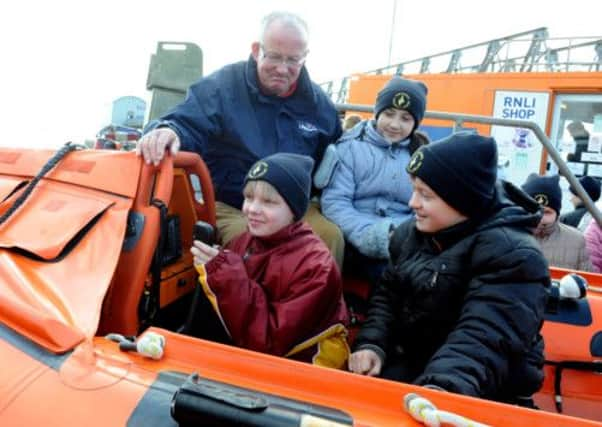Chernobyl children visit Selsey lifeboat


They were shown the all-weather lifeboat Voluntary Worker and the inshore lifeboat Thomas and Betty Moore.
The group of 12 children, all aged ten years old, came from three villages in Belarus where there is still a very high level of radiation.
Advertisement
Hide AdAdvertisement
Hide AdThey stayed in Haslemere and had visits out every day, then spent the weekends and evenings with their host families.
The children all signed a thank you letter and presented it to Selsey Lifeboat Station.
Roger Fitter, Chernobyl Children’s Life Line group leader, said: “The children really enjoyed coming to Selsey.
“We are always welcomed so warmly at the lifeboat station, and this, combined with a visit to the crab sheds, gives the children a real flavour of the sea, its pleasures and its perils.
Advertisement
Hide AdAdvertisement
Hide Ad“It is very important for the health of these children to have a break from the contamination where they live.”
One month in the UK, or away from the contamination, gives the children two to three years of improved health, and therefore adds two or three years to their life expectancy.